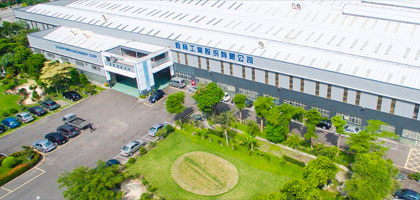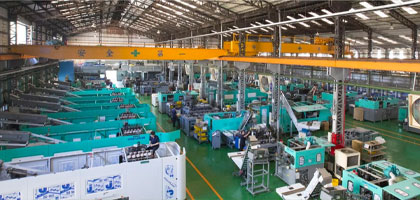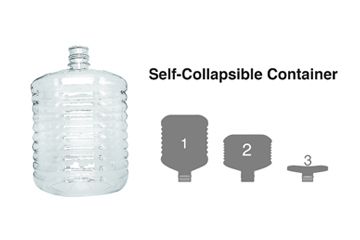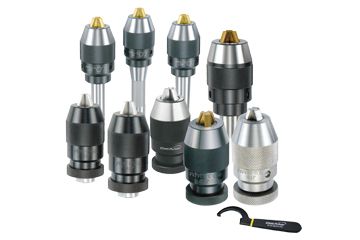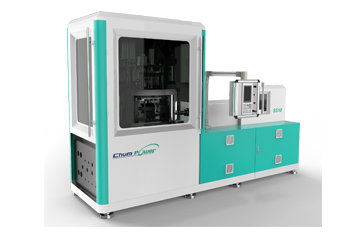How to Optimize Your PET Stretch Blow Molding Machine to Reduce Defect Rates
In PET bottle production, machine parameter settings directly determine product quality and production stability. Incorrect settings on a PET stretch blow molding machine can lead to common issues like uneven wall thickness, deformed neck finishes, bottle bottom defects, or even bursting. This guide outlines three key adjustment areas—heating, blowing, and cooling—to help operators identify and correct root causes using proven techniques and practical tips.
Heating Settings: The First Step to Quality Preform Stretching
Proper heating is critical for achieving even preform softening and stable bottle formation. In PET stretch blow molding, different bottle shapes and preform thicknesses require unique heating profiles. Ignoring localized temperature control can cause issues like asymmetry and weak points in bottle bodies.
Common Issues:
- Overheating: Soft preforms, neck deformation, bottle whitening, and reduced clarity
- Underheating: Incomplete stretching, shrunken bottoms, uneven walls
- Local overheating: Excessive material flow leading to shoulder collapse or bottle warping
Optimization Tips:
- Adjust lamp power and placement to ensure even heating, especially at the shoulders and bottom
- If whitening or blue tint appears, reduce shoulder heating and extend preheat time
- For bottom sink or navel effect, lower bottom lamp intensity or increase base cooling
- Consider installing infrared sensors for real-time temperature feedback
Blowing Pressure and Timing: Ensure Shape Stability and Wall Uniformity
Blowing is a two-stage process (pre-blow and high-pressure blow) that defines final bottle geometry. Inadequate blowing settings can result in poor bottom expansion, wrinkled shoulders, or bottle distortion.
Common Issues:
- Low pressure: Incomplete bottom expansion and uneven wall distribution.
- Incorrect pre-blow timing: Poor material distribution at shoulder and base
- Faulty pre-blow pressure: Wrinkling or creasing due to improper stretch order
Optimization Tips:
- Set blow pressure between 20 and 40 bar depending on bottle volume
- Slightly delay pre-blow to allow shoulder formation before full expansion
- Fine-tune pre-blow pressure to achieve balanced stretching across shoulder and base
- Use pressure sensors or flow meters to monitor response in real time
Cooling Settings: Lock In Shape and Transparency
Efficient cooling not only stabilizes bottle shape but also minimizes variation between cavities in multi-cavity molds. Balanced cooling channel design and consistent water flow are critical to maintaining uniform quality.
Common Issues:
- High water temperature: Shrinkage, neck deformation, low transparency
- Poor cooling flow or scale buildup: Localized hot spots and cavity variation
- Low water pressure or trapped air: Cooling interruption and uneven mold temperature
Optimization Tips:
- Maintain chiller outlet temperature at 7 to 12 degrees Celsius and monitor via flow meters
- Clean filters and check mold channels regularly to ensure unobstructed flow
- Use thermal imaging tools to detect uneven mold heat zones and redesign water paths if needed
Summary: Coordinate Three Core Parameters to Reduce Defects
To reduce defects and stabilize PET bottle molding, adjust:
- Heating: Balance preform softening for bottle bottom and shoulder
- Blowing: Control timing and pressure to ensure full and even expansion
- Cooling: Optimize heat removal to lock shape and avoid distortion
By understanding how each PET stretch blow molding machine parameter impacts final bottle quality, operators can troubleshoot more effectively and develop optimized setting profiles. For persistent problems, consult your equipment manual or contact your technical service provider.

